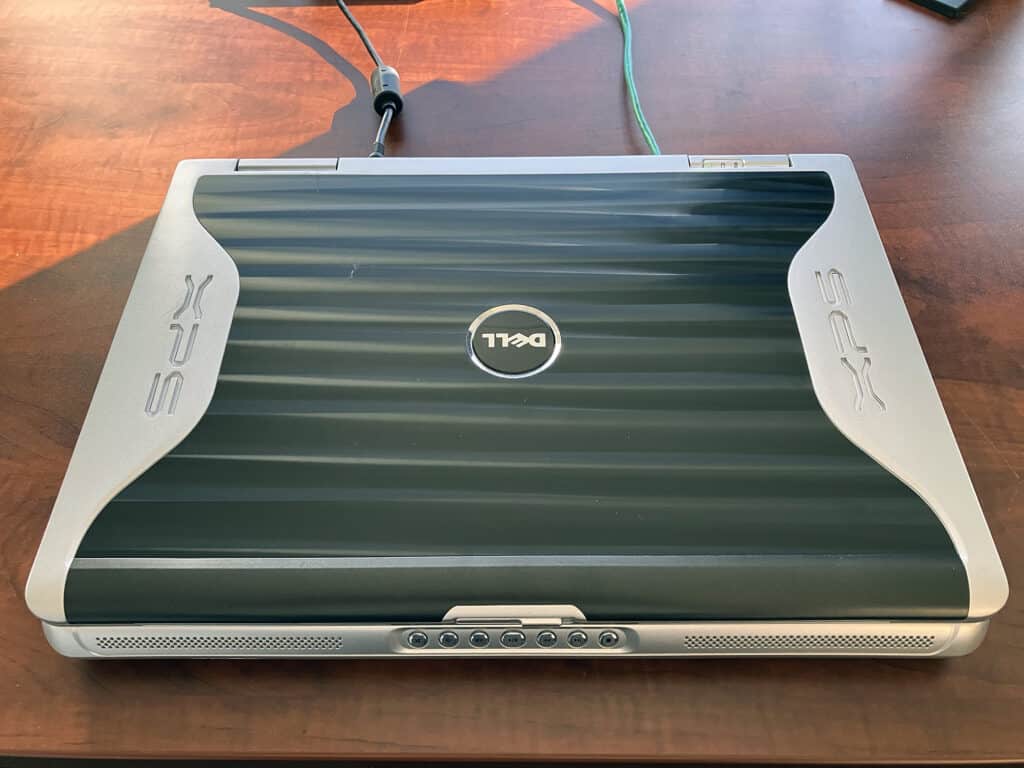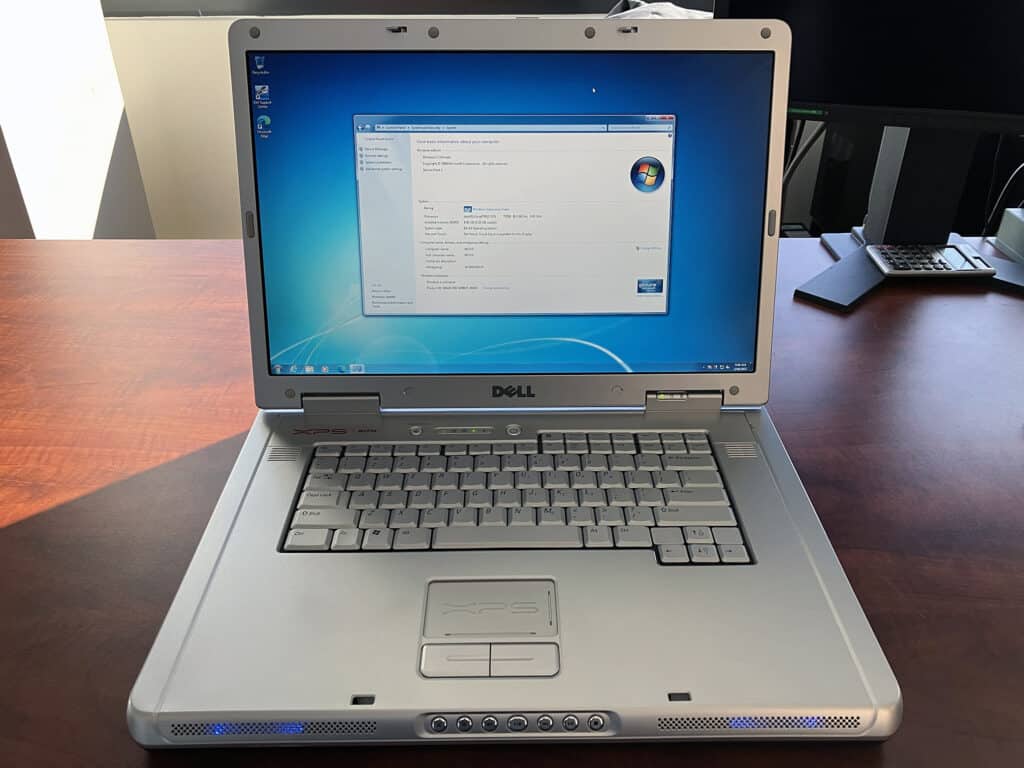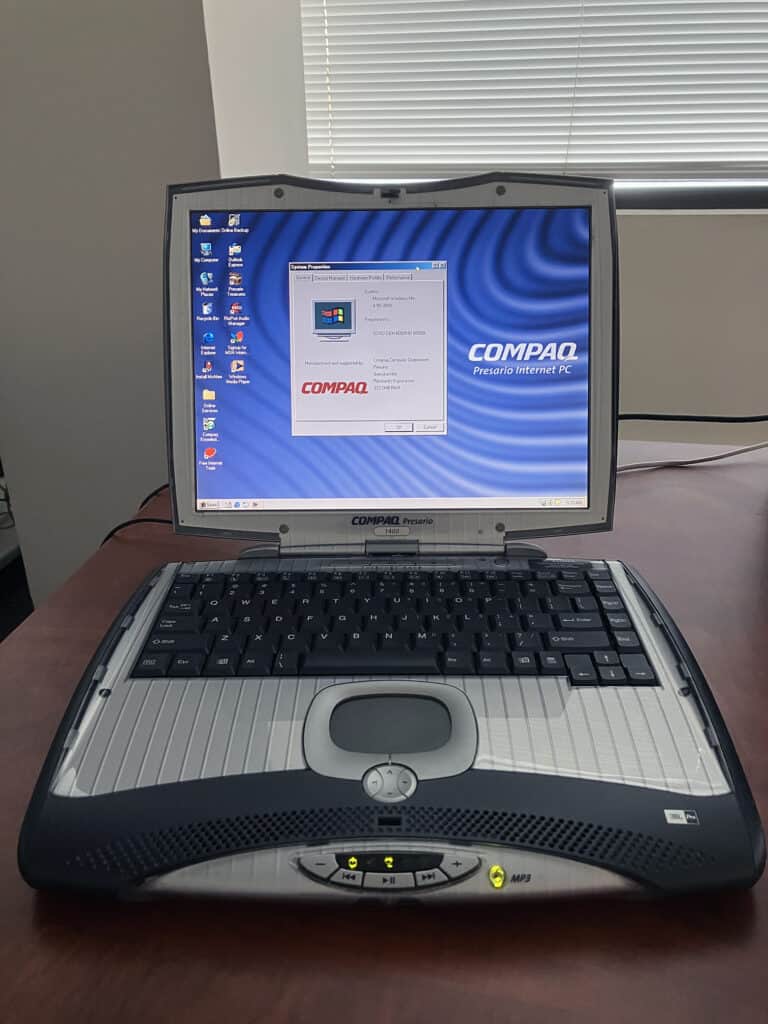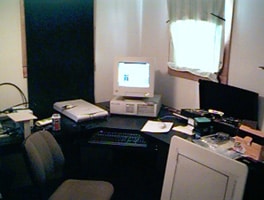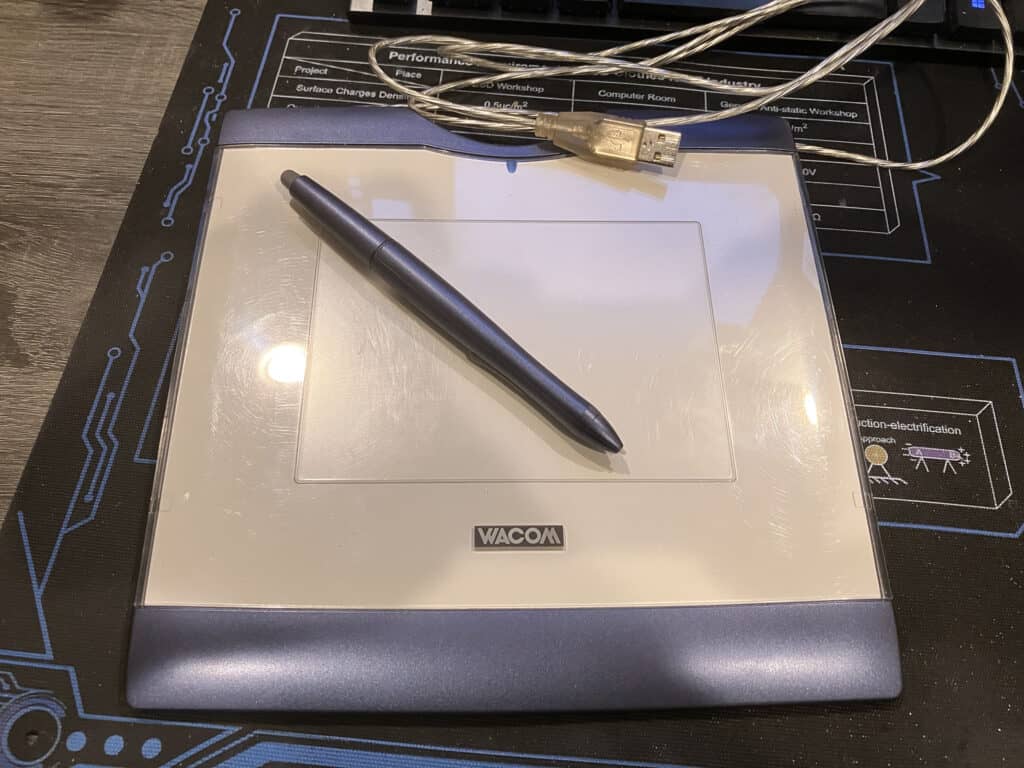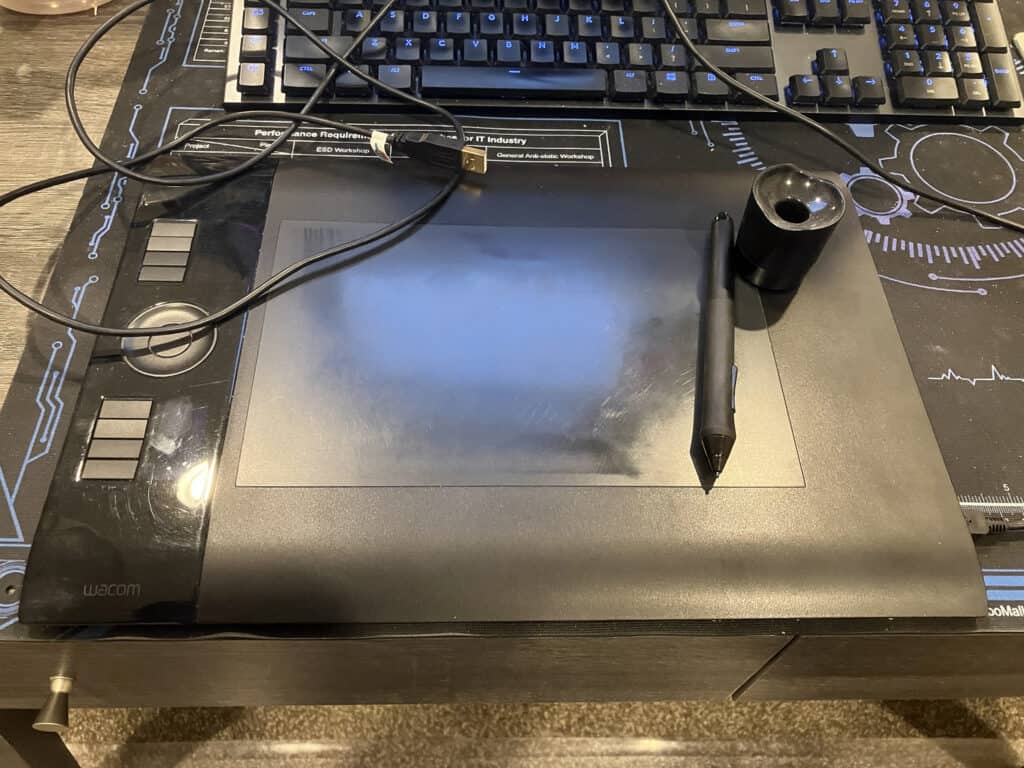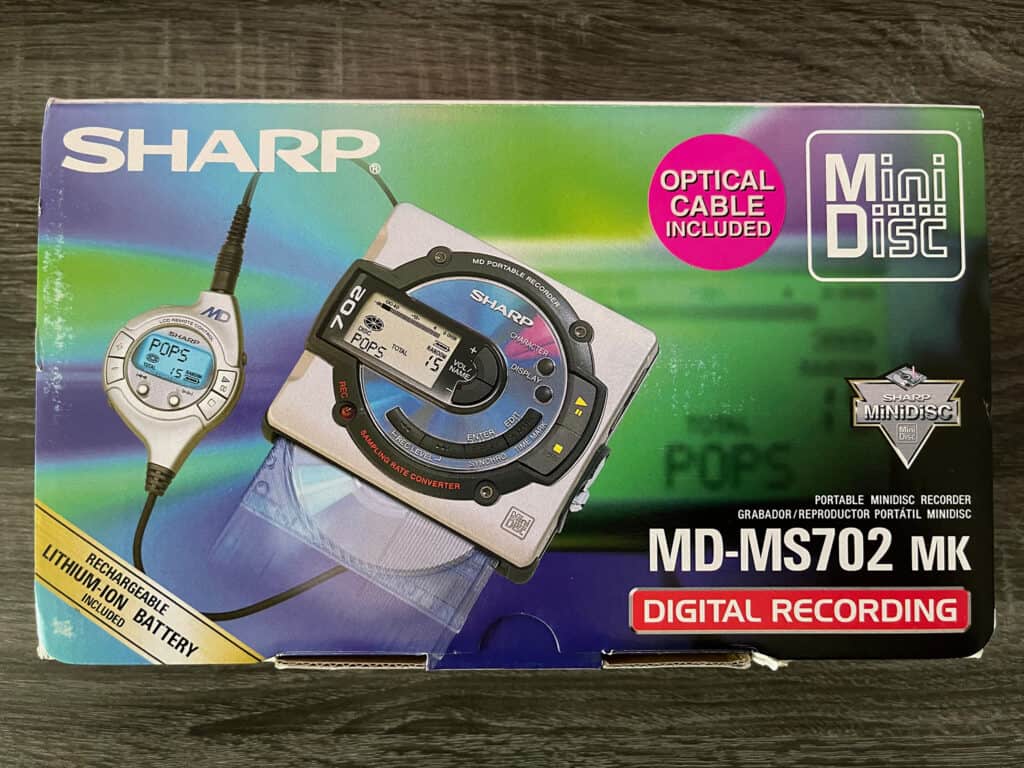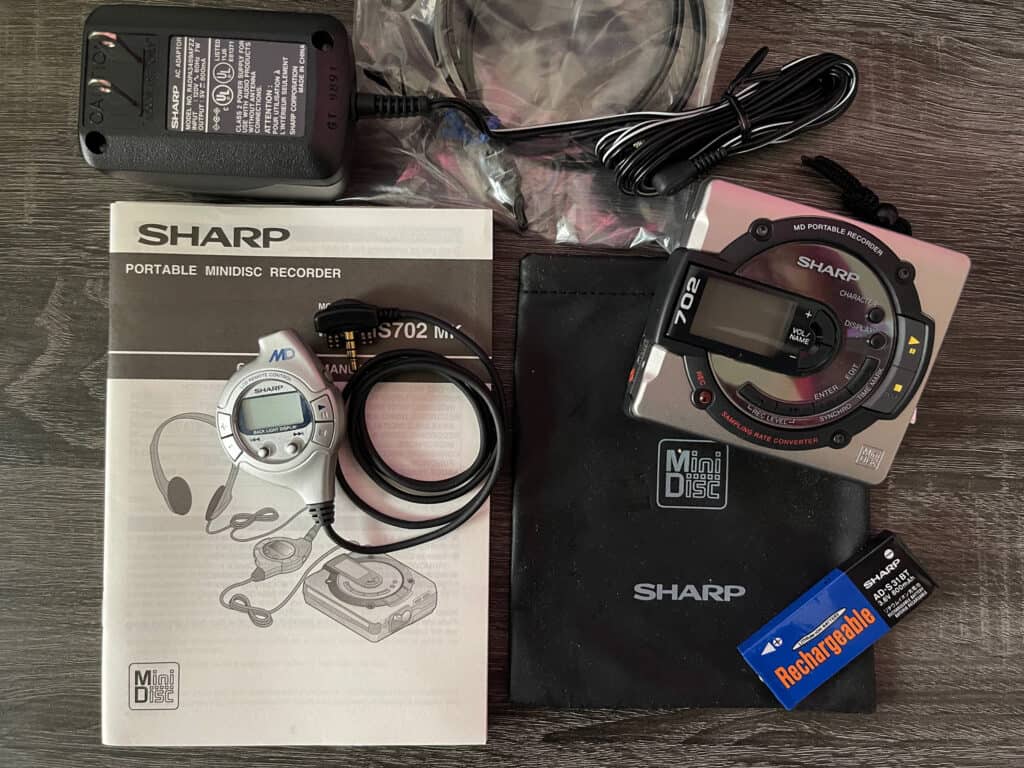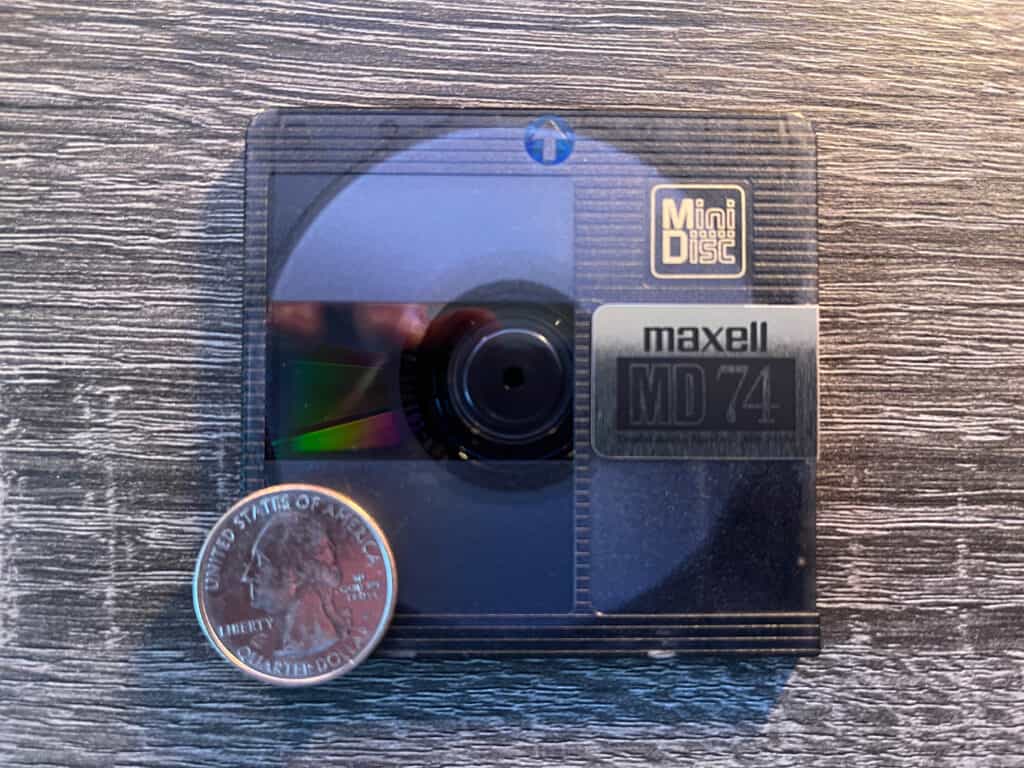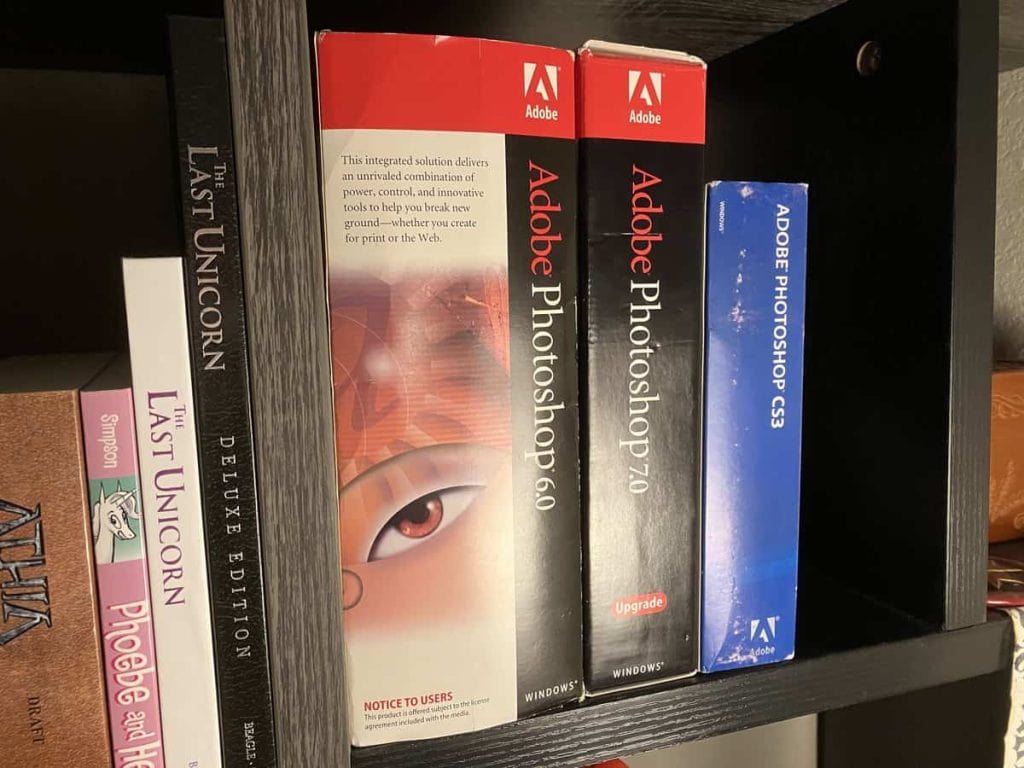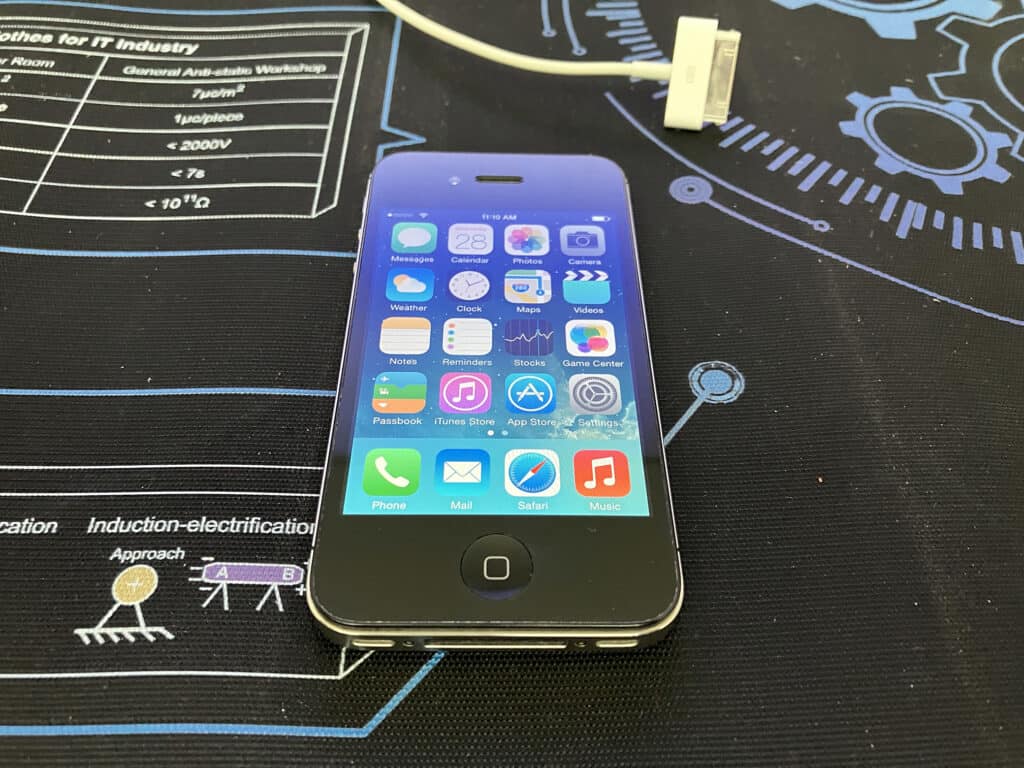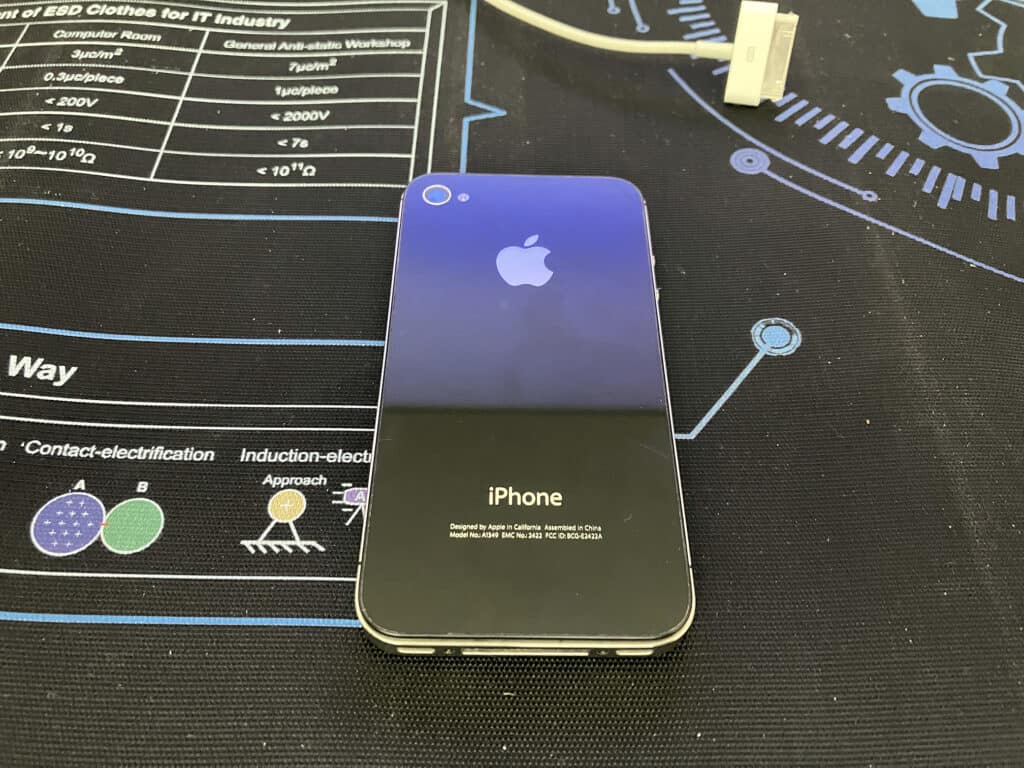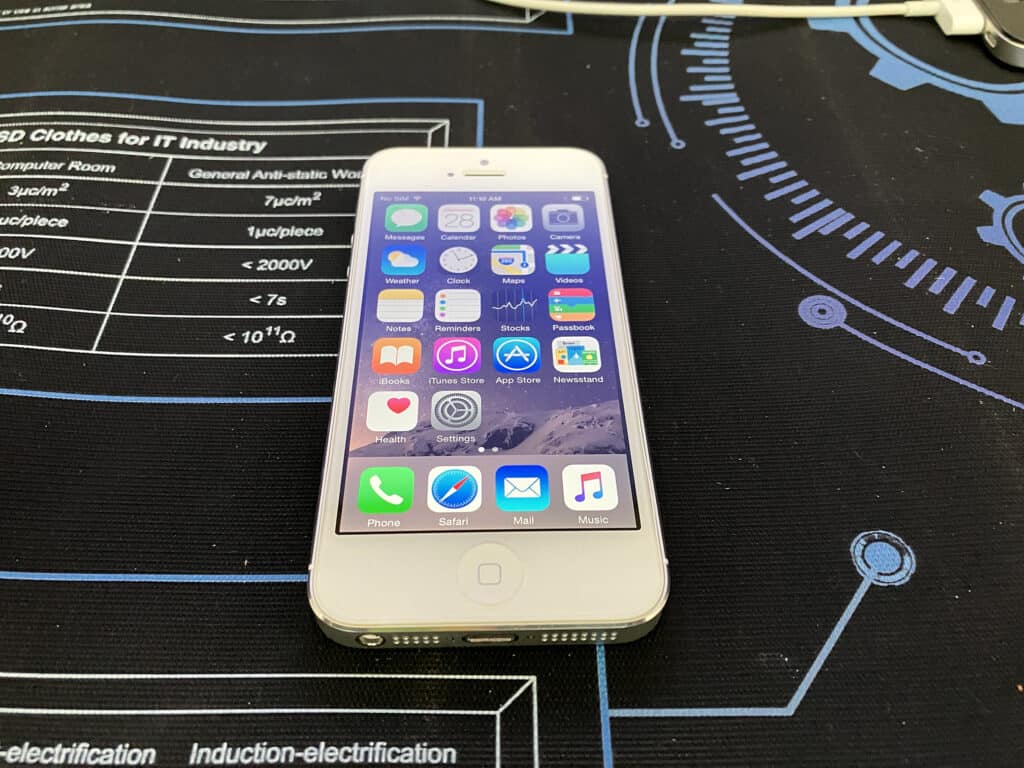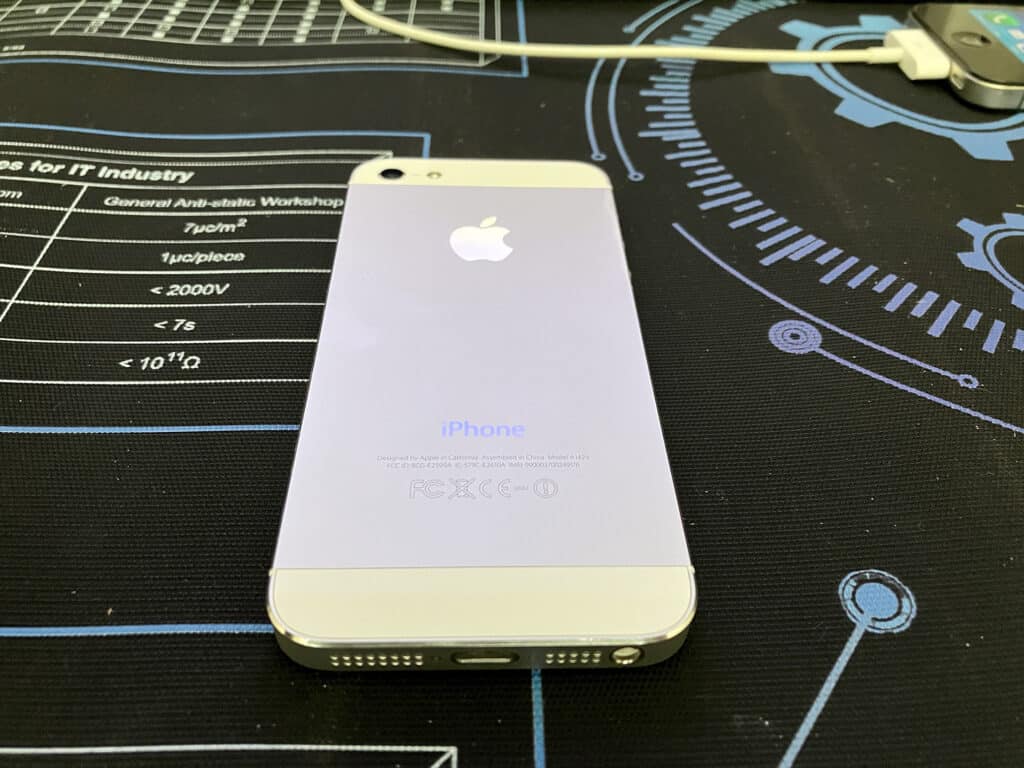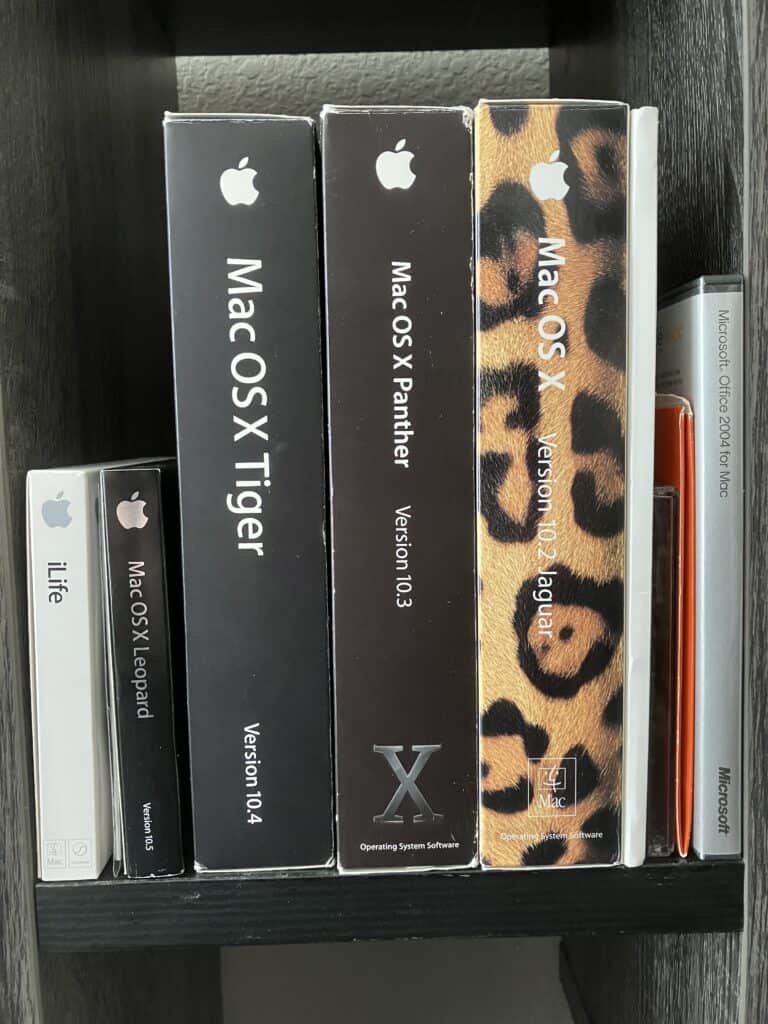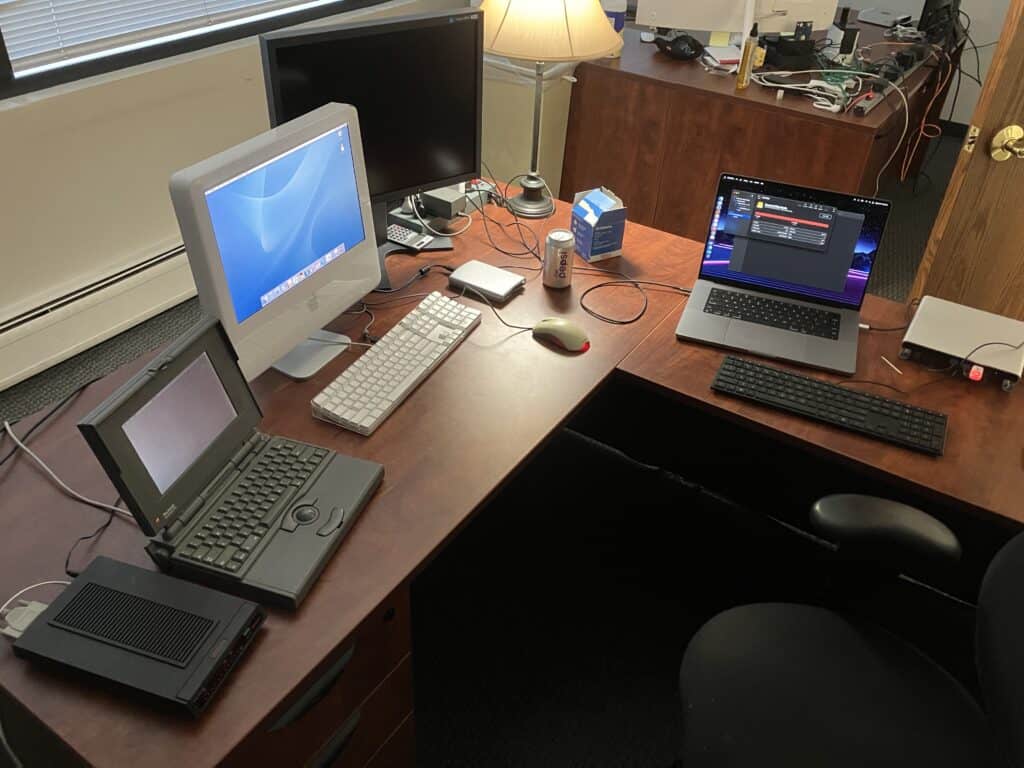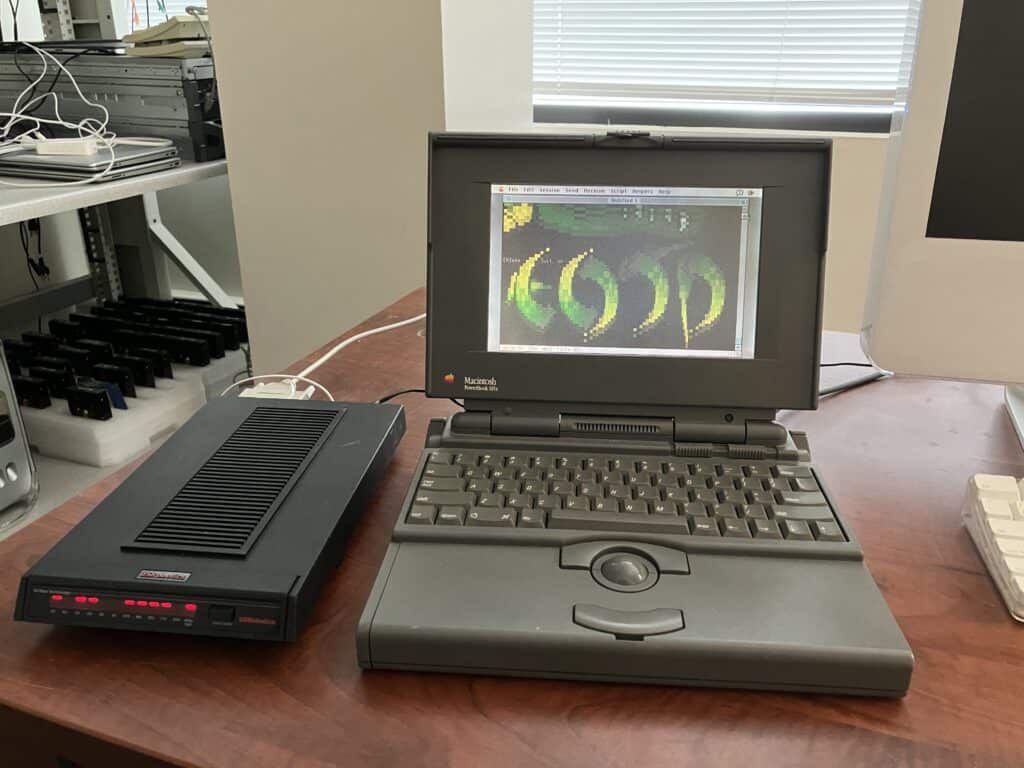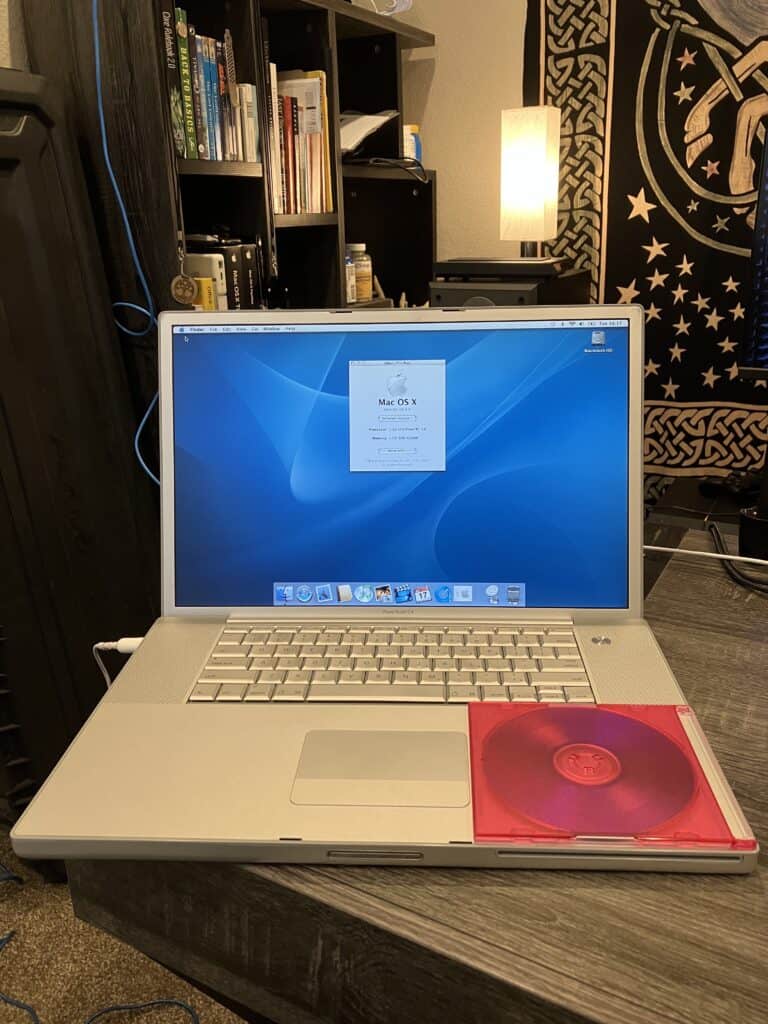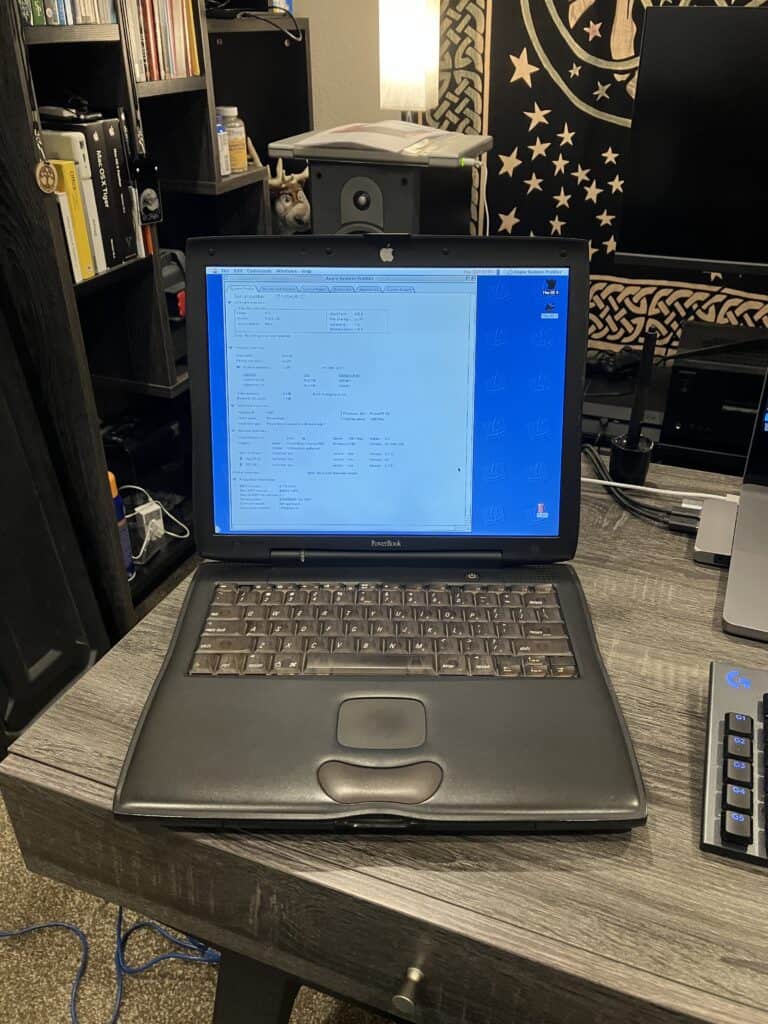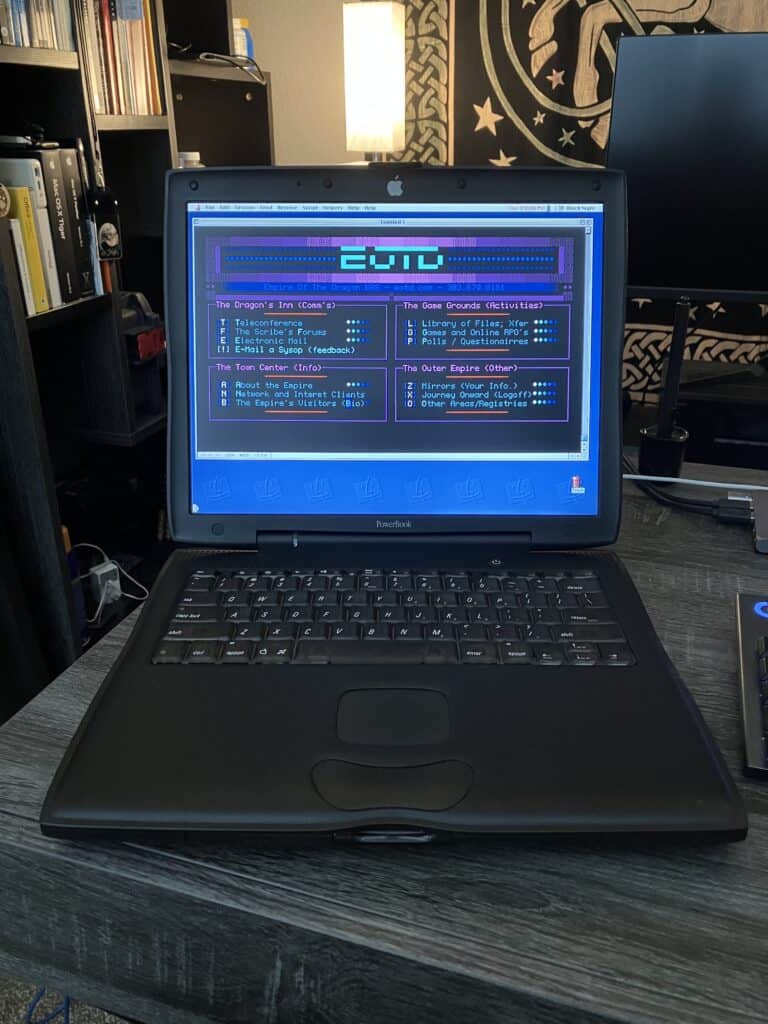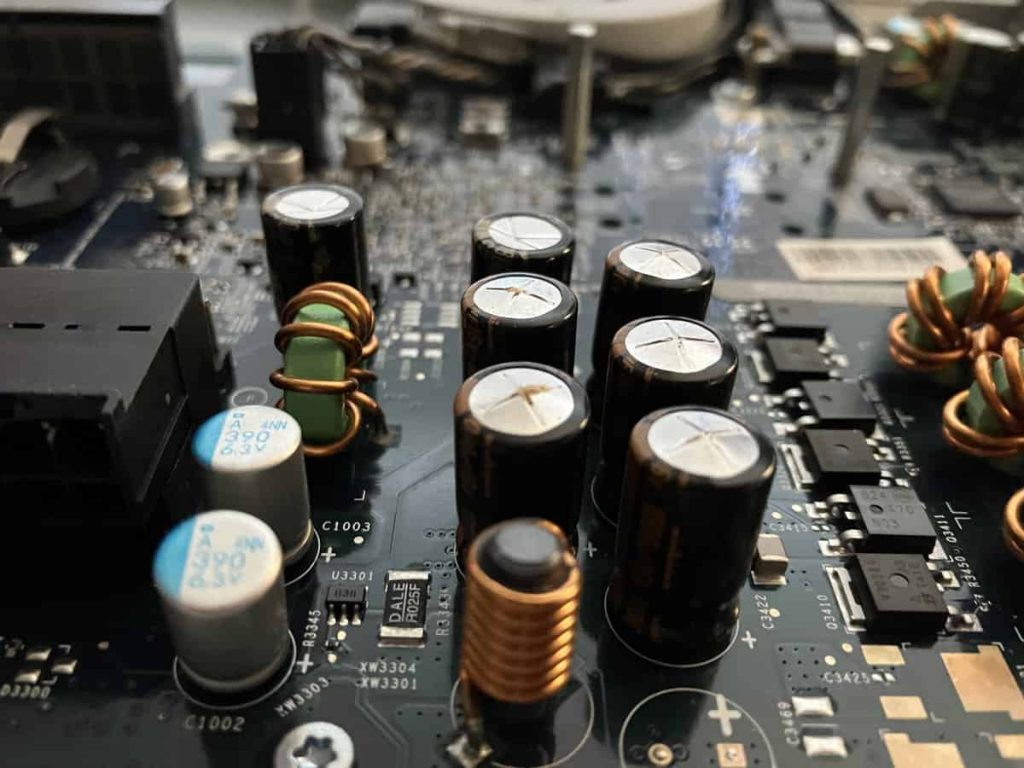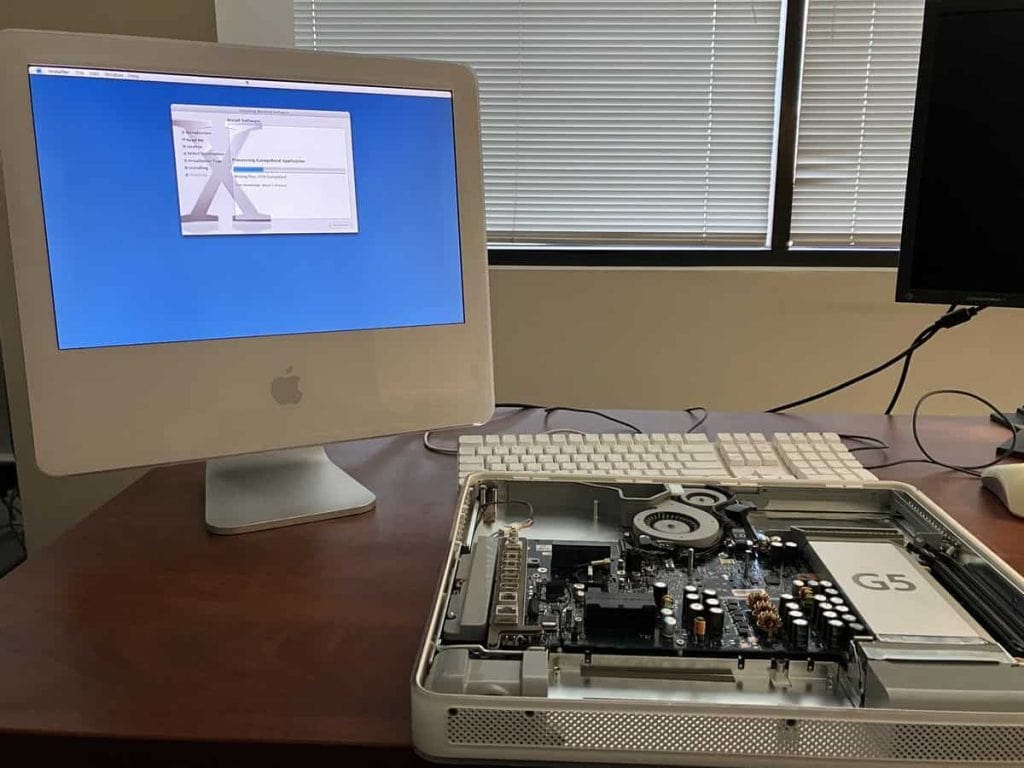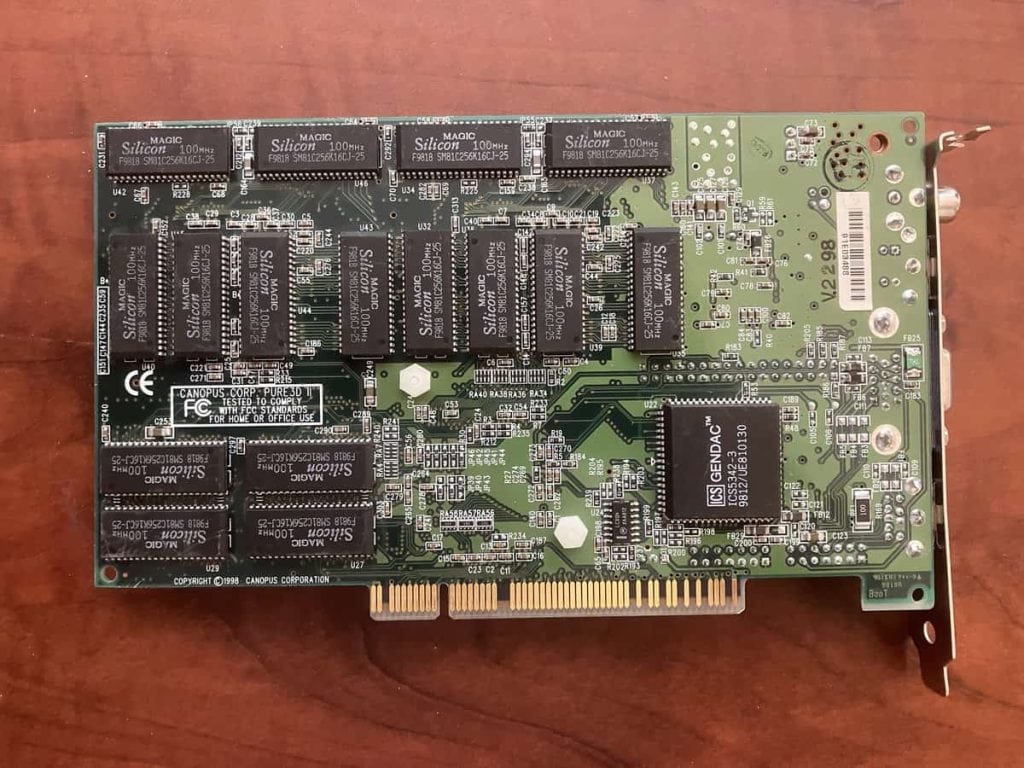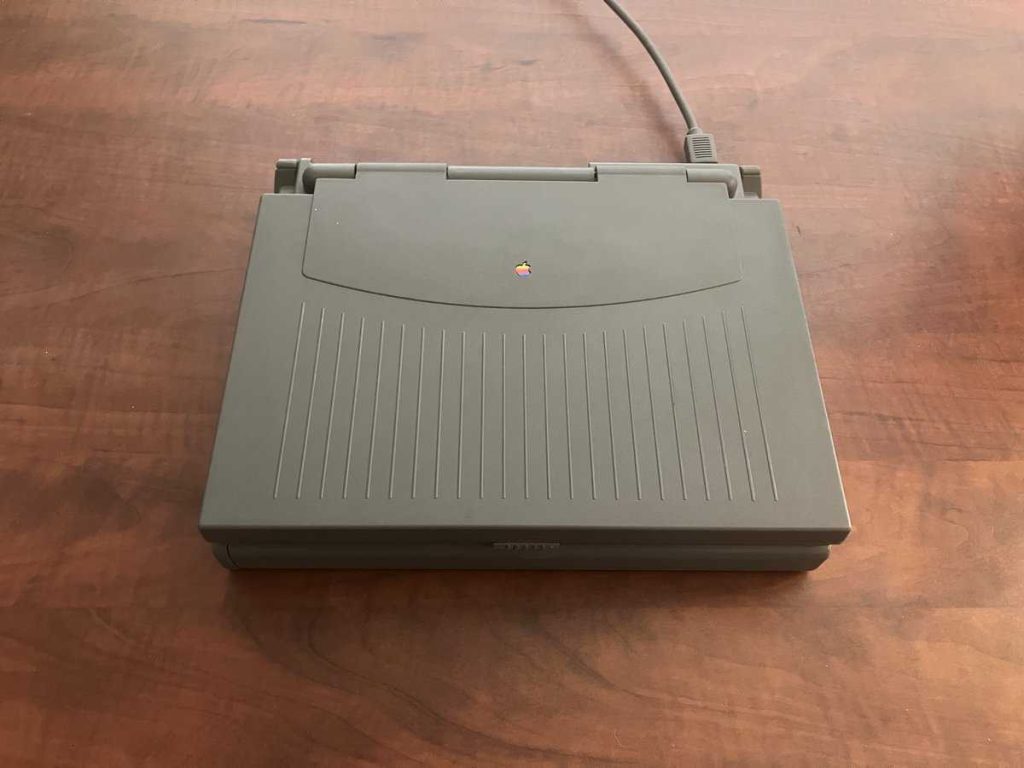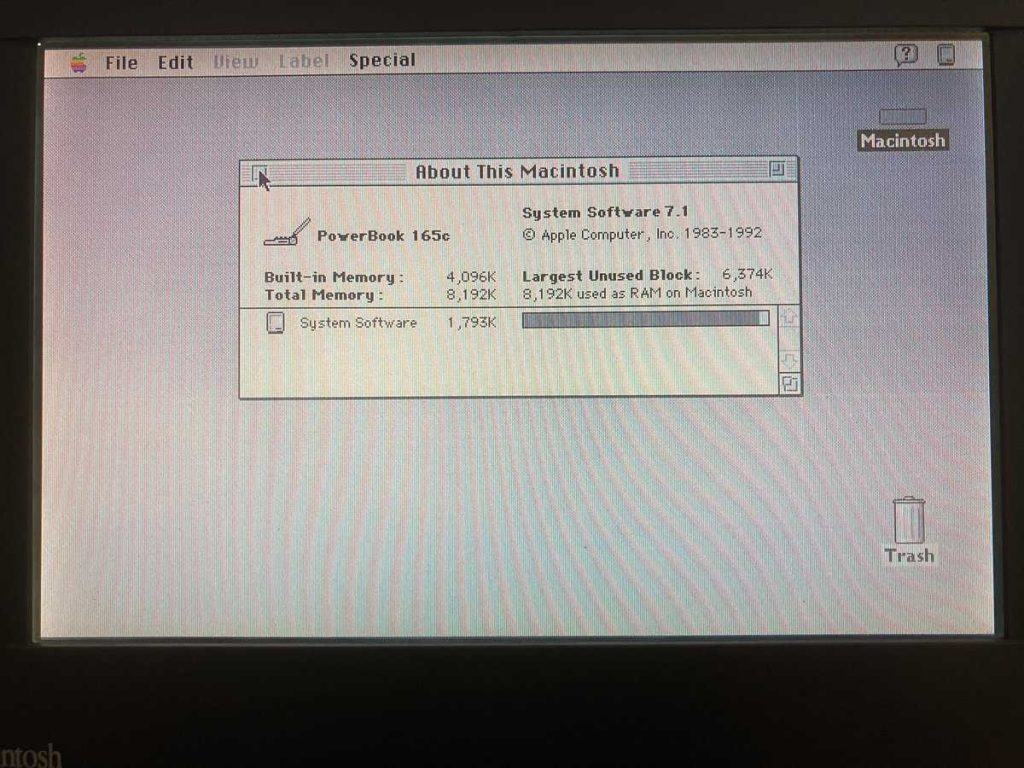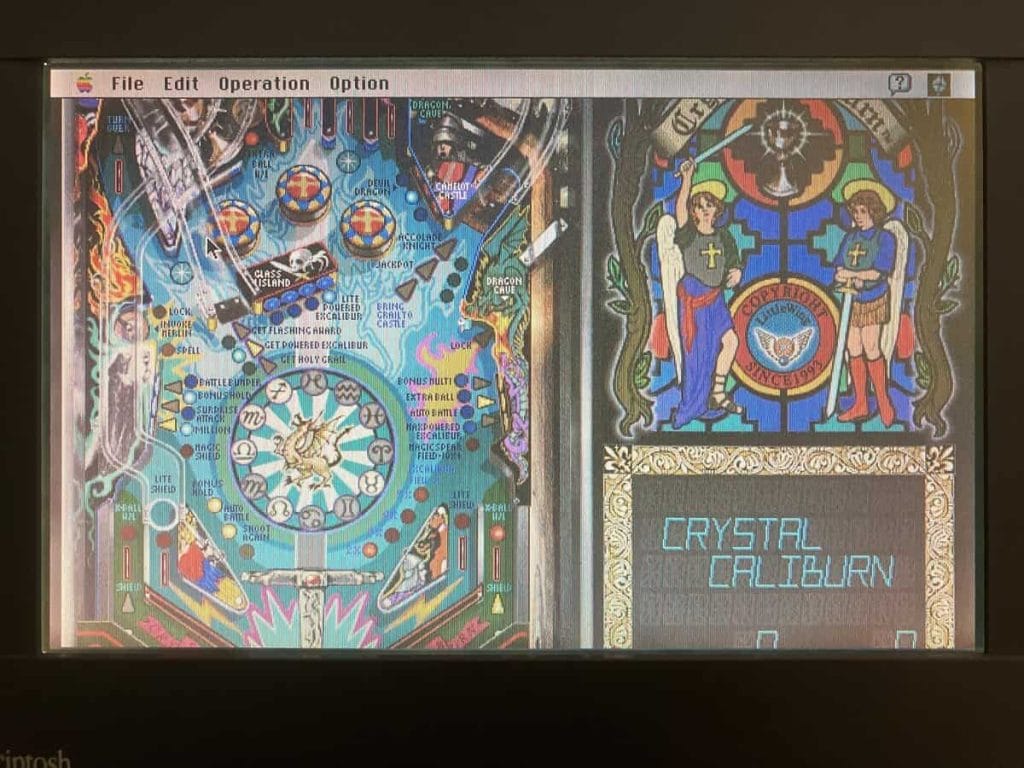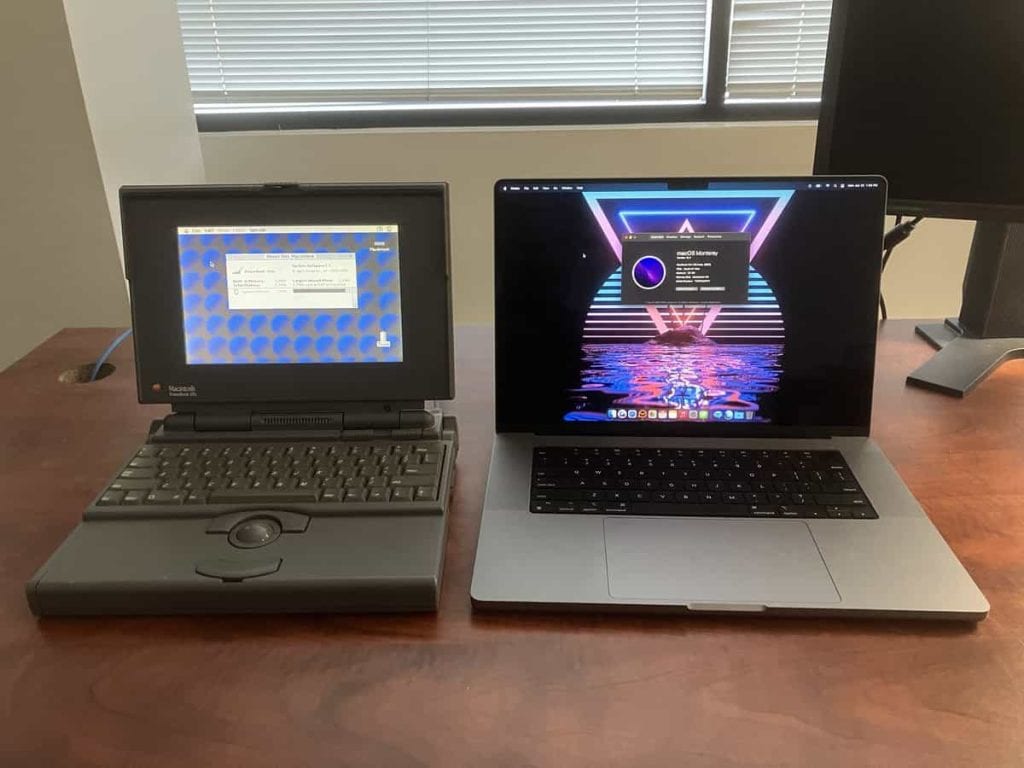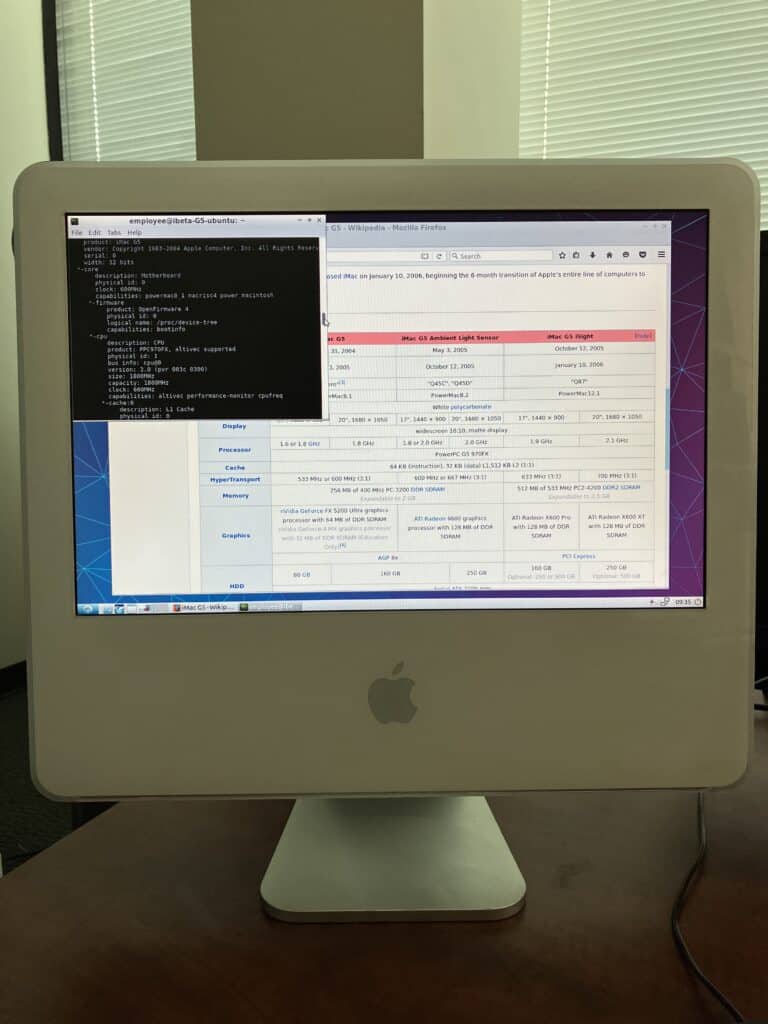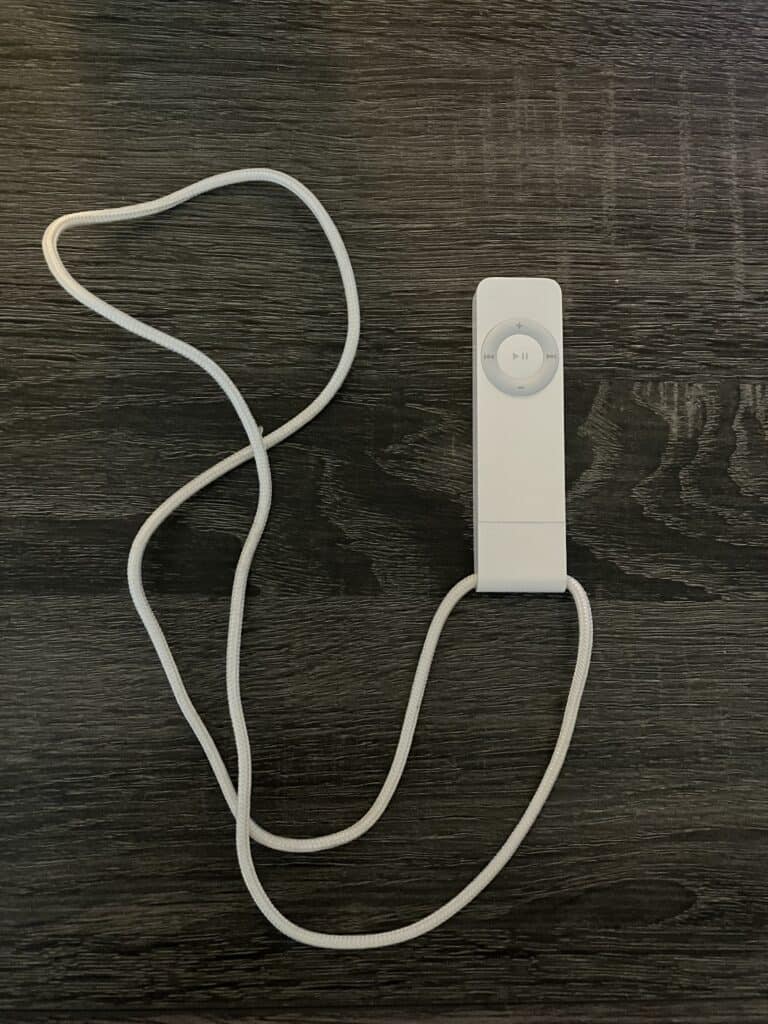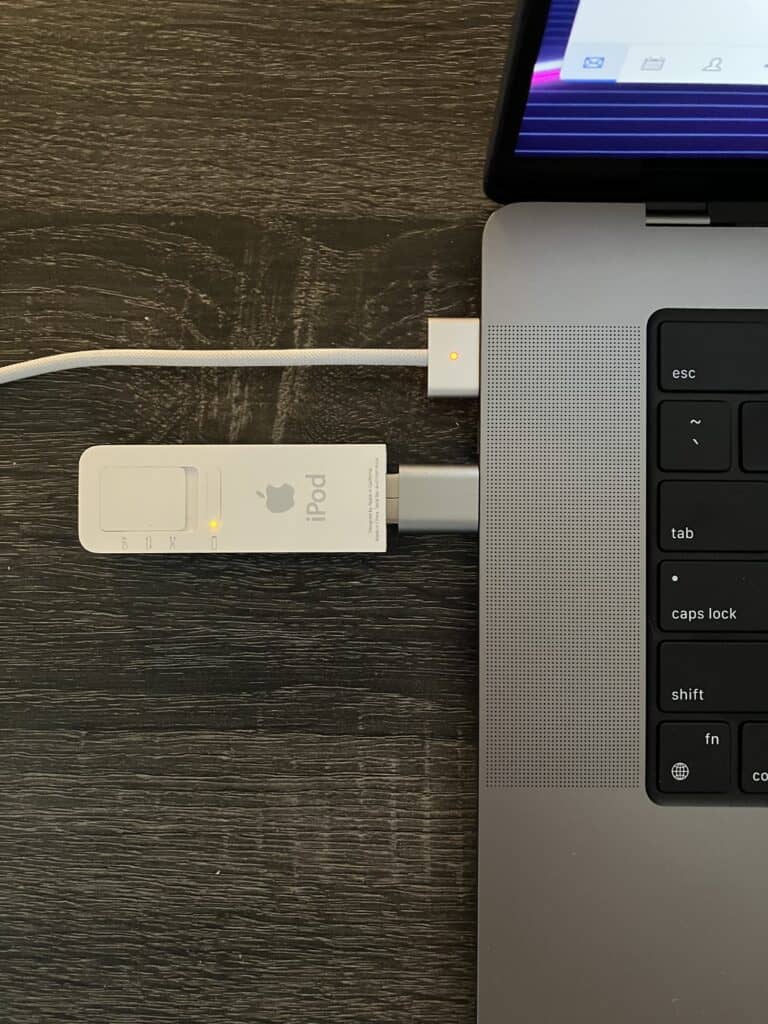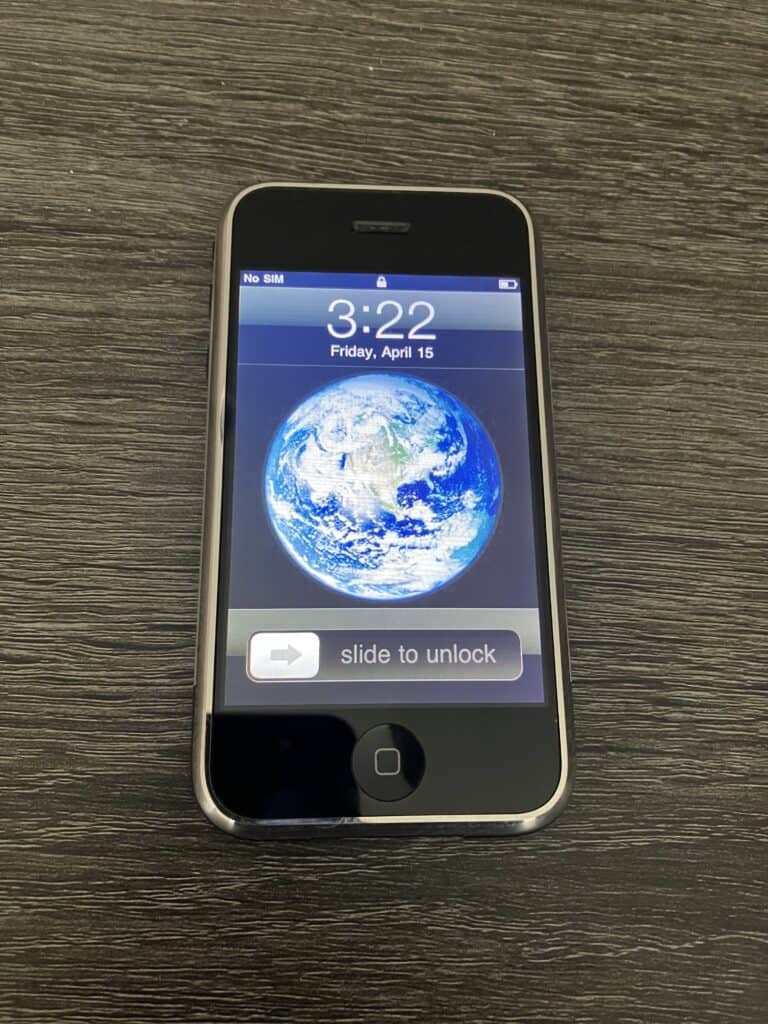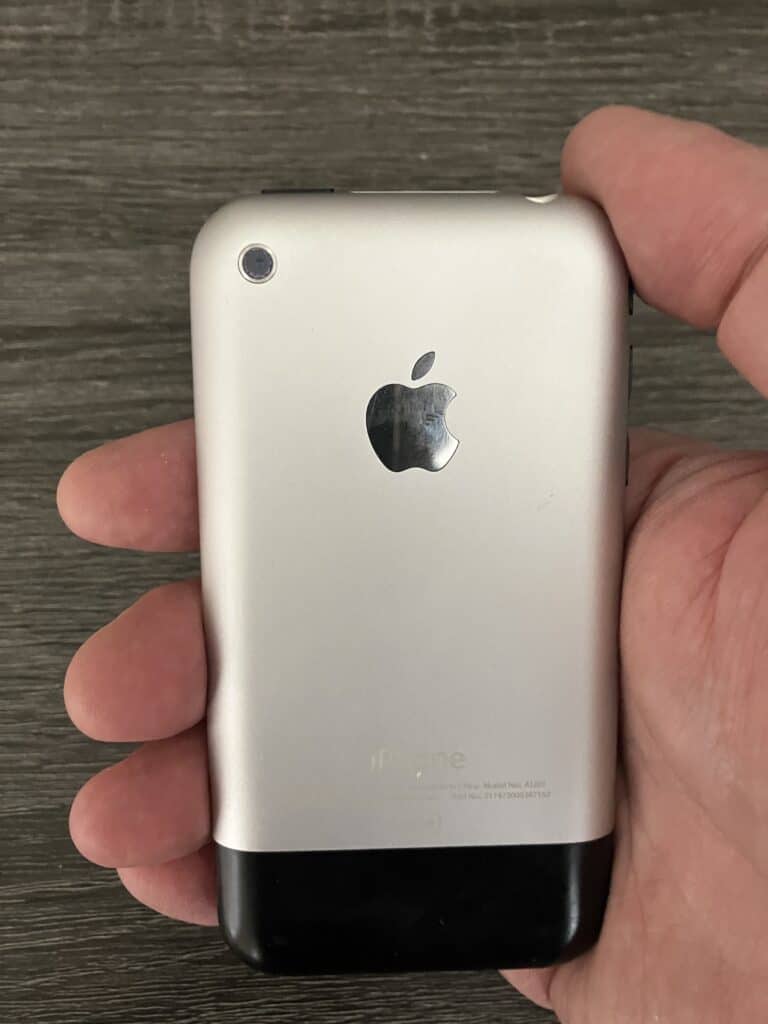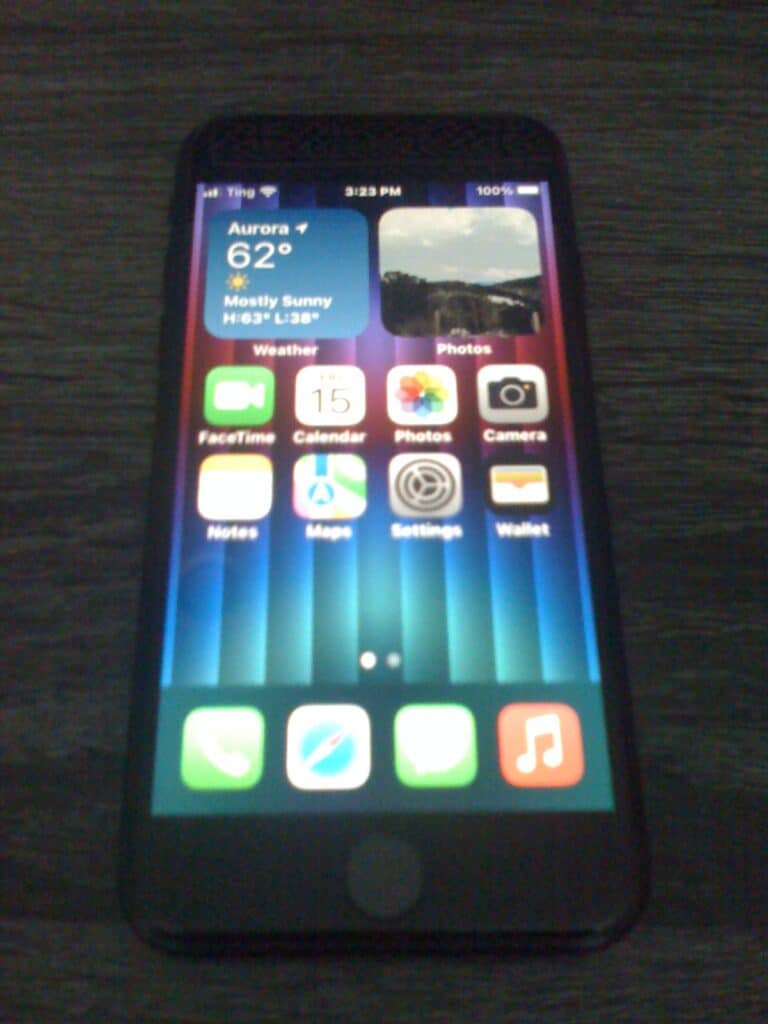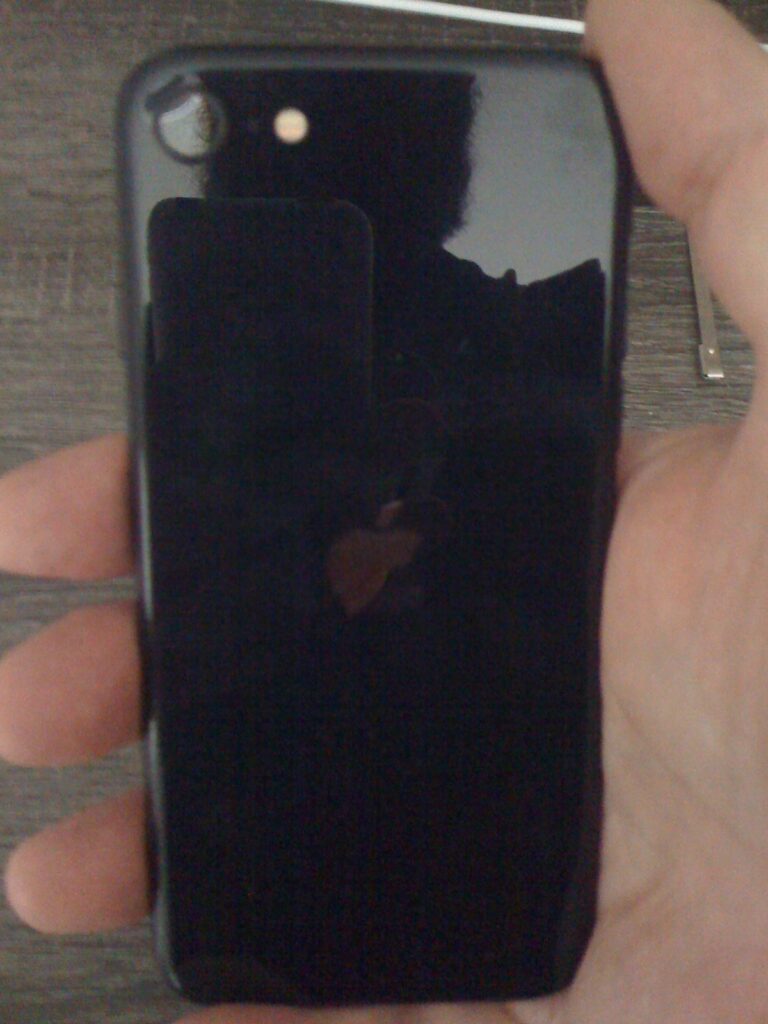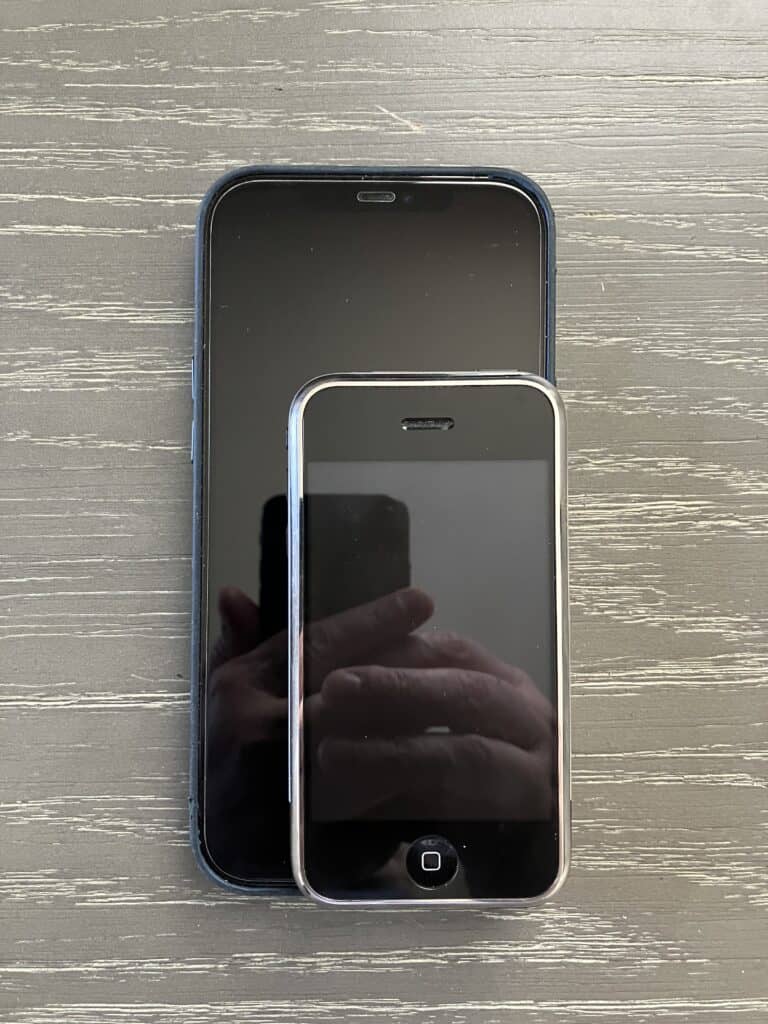Today we set the wayback machine to 1987…
In early 1987 my duty station had changed from a TDU at the Groton Subbase to the USS Pennsylvania (SSBN 735), which was being built down the road at General Dynamics Electric Boat (E.B.). Over the previous Christmas I’d gone back home and returned with my Atari 800xl, and then sold my 800xl when I moved into the barracks at E.B. – so for the first time in a long time I was computerless.
Fortunately, one of the guys who arrived at the barracks a month later had an Apple Macintosh Plus, and he had set it up on the counter in the rec-room as that was the only place to really put it. And after some discussion I got his blessing to mess with the thing, so it became the system I used for about a year.
That was my first real exposure to the Macintosh platform, as well as access to a 68000 CPU that wasn’t being used for science stuff where my father worked – and it always stuck with me, even as I got into the Amiga platform in 1988…
Today I gathered up a bunch of old Apple computers and peripherals at work and ran them over to Apple Rescue of Denver – a recycler / restorer of old Apple stuff – to offload them on someone who could use / part them out. And while I was there spotted this old Mac Plus looking for a new home…
And I decided to give it one.
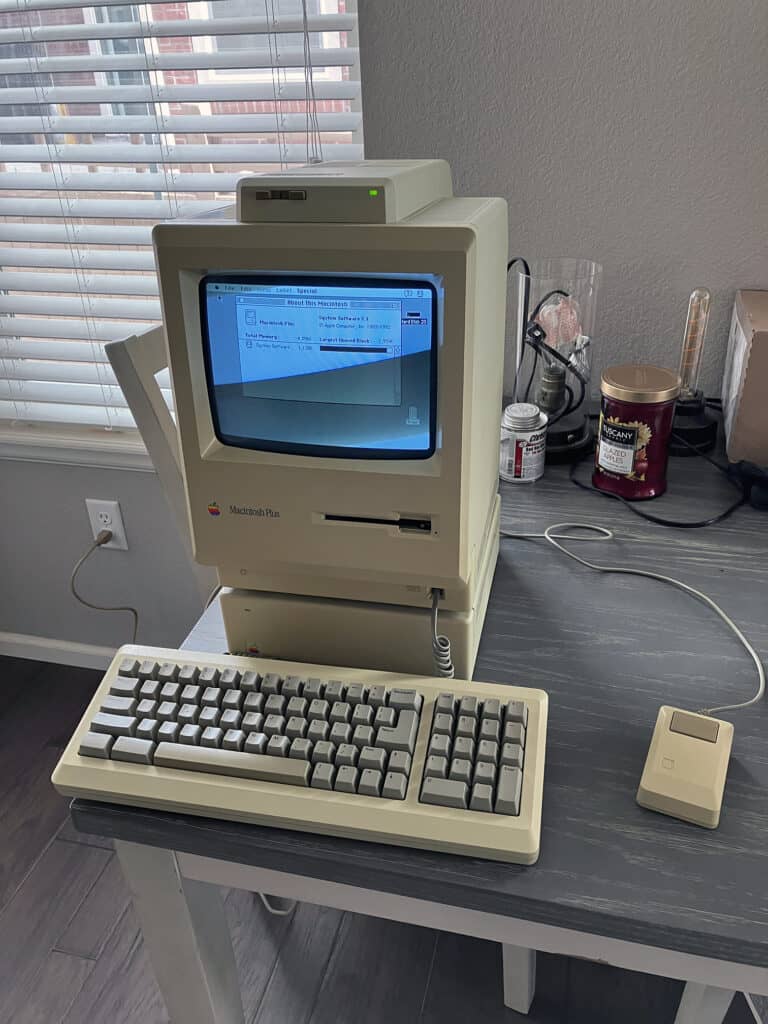
This particular Mac Plus came with a keyboard, mouse, Mac Saver fan, and a Macintosh HD20 external drive. And this unit has been upgraded to 4megs of ram from the original 1meg and the 9 inch diagonal screen and its whopping 512×342 resolution looks great and has no issues.
The above unit would have run about $5000 in 1987 dollars ($2600 for the computer, keyboard, and mouse, $800 for the 3megs of ram, and $1500 for the HD) – this would be $13,000 in today’s monopoly money.
Something to think about when pondering $4000 for the latest Apple Silicon powered laptop…
Overall the Mac and its peripherals are in amazing shape, and the ‘clunk’ of the keyboard as I was using it immediately sent me back in time.
Now to bodge a method to get software from the Internet onto the 37 year old computer. 🙂
A few hours later…
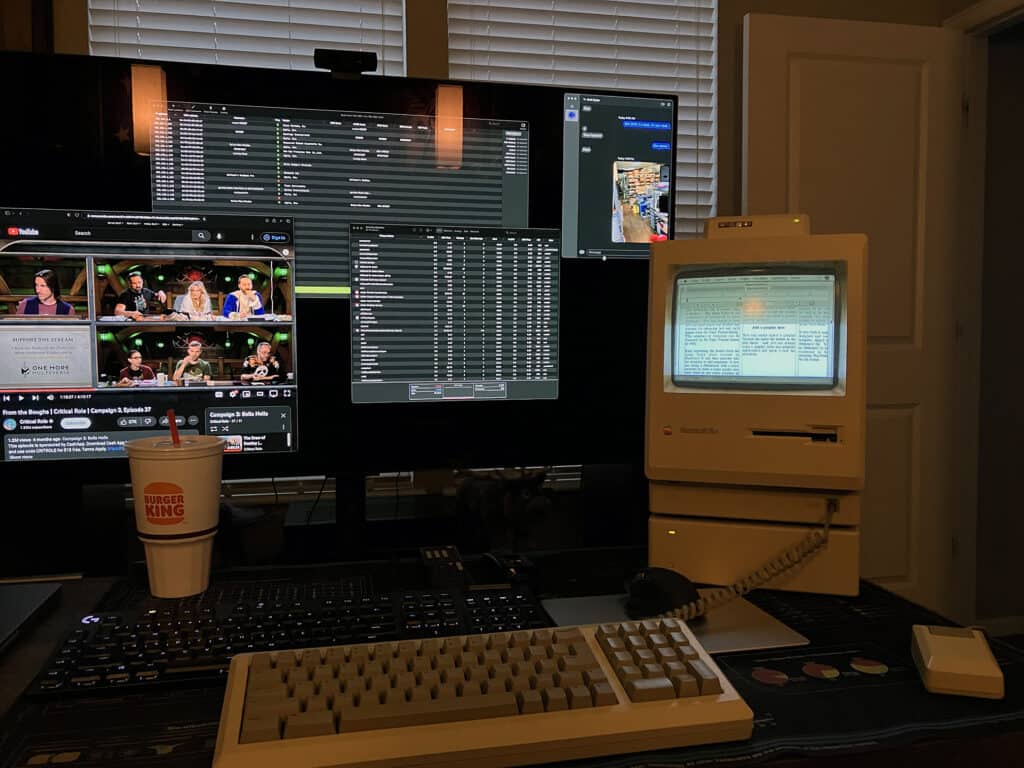
Fortunately I have a floppy drive for my G3 laptop, which will format / write 800k disks, so I have some basic ability to install things. But, that said, I have a Floppy Emu (model C) on the way – which adds the ability to use 21st century technology with 80’s computers.
Listening to "Magic Power" by Triumph
